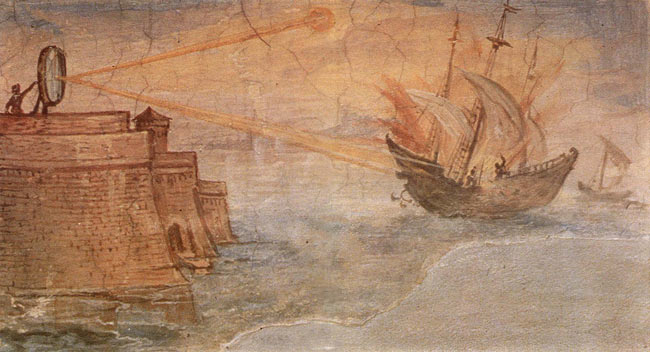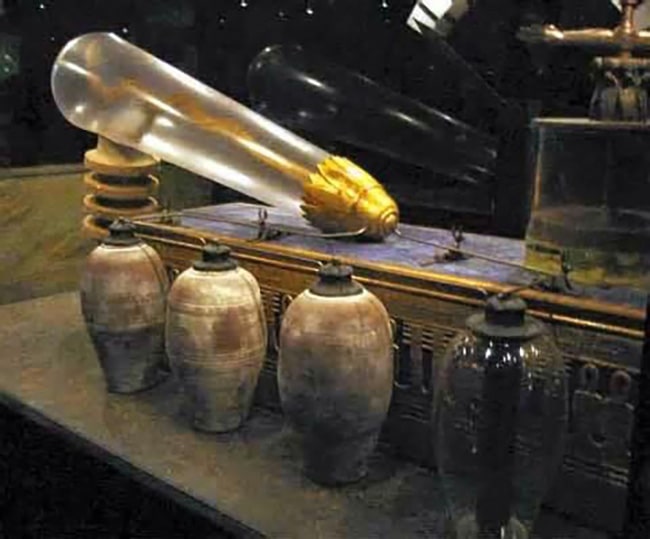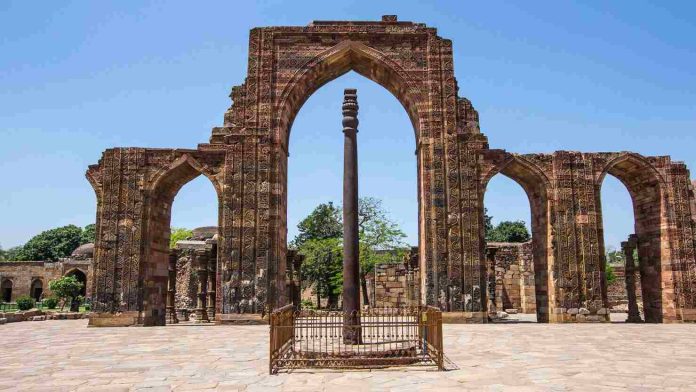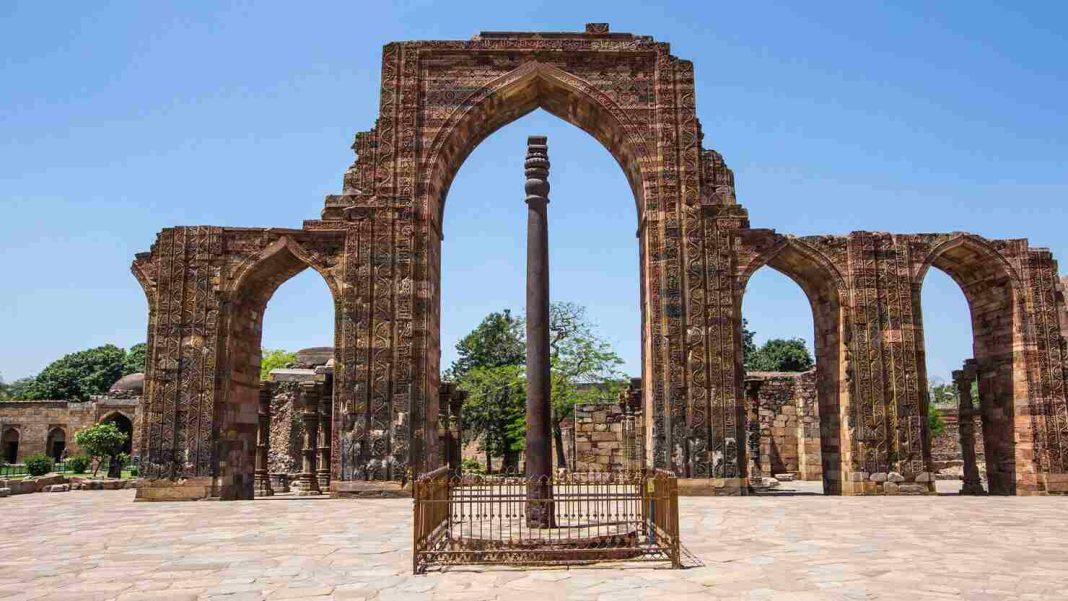The legend of Archimedes and his “Burning Mirror” has captivated imaginations for centuries. This ingenious device, supposedly used to set fire to Roman ships during the siege of Syracuse, has become synonymous with the brilliance of the ancient Greek scientist. But was it real, or simply a product of storytelling embellishment? Let’s embark on a historical investigation, separating fact from fiction with the help of reliable sources and scientific understanding.
The Historical Evidence: Separating Fact from Fiction
Imagine a colossal burning mirror reflecting the sun’s rays with such intensity that it could ignite enemy ships from afar. It’s a captivating image, but the historical evidence paints a different picture. When we delve into primary accounts from the period of the siege (213-212 BC), written by renowned historians like Polybius, Livy, and Plutarch, there’s a curious silence. These detailed accounts meticulously document the siege tactics, highlighting Archimedes’ ingenious use of cranes, levers, and catapults to defend the city. However, there’s no mention of a “Burning Mirror” or any such weapon.
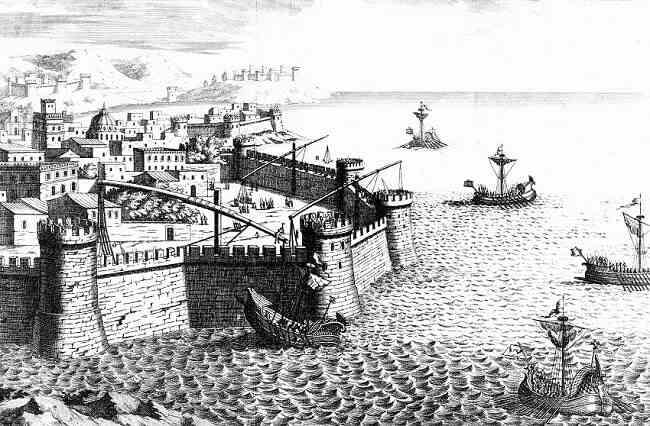
This dramatic shift in the narrative raises questions. So, where does the Burning Mirror legend originate? Here, we encounter a phenomenon known as “hearsay evidence.” Later Roman writers like Lucian and Galen make passing references to Archimedes using “burning glasses” or mirrors. However, these sources weren’t present during the siege and likely relied on embellished stories passed down through generations. Imagine a game of telephone – the story gets retold, details get exaggerated, and the “burning glass” becomes a powerful “Burning Mirror.”
The situation worsens when we reach the Byzantine era (4th-15th centuries AD). Writers like Zonaras and Tzetzes describe fantastical contraptions involving multiple hexagonal mirrors mounted on elaborate frameworks. These accounts, written centuries after the siege, are even less reliable and heavily influenced by the desire to glorify Archimedes’ achievements.
Key Takeaways
- Primary sources documenting the siege make no mention of a Burning Mirror.
- References from later Roman writers are hearsay evidence, with potential inaccuracies.
- Byzantine accounts are even less reliable and likely embellished.
This trail of whispers highlights the importance of scrutinizing historical evidence, especially when dealing with tales that appear too good to be true. In the next section, we’ll shift our focus to the scientific feasibility of the Burning Mirror concept.
Archimedes’ Knowledge: Glimmering Light, Uncertain Focus
The legend of the Burning Mirror hinges on a key question: Did Archimedes possess the scientific knowledge to create such a device? Let’s delve into the realm of mathematics and physics to understand the concept and its potential connection to Archimedes’ brilliance.
Unveiling the Power of the Burning Mirror (Parabolic Mirror)
Imagine a curved mirror shaped like a bowl, similar to a satellite dish. This is a parabolic mirror. Its unique property lies in its ability to concentrate incoming light rays, like sunlight, to a single, intense point called the focal point. Think of it like gathering all the sunshine scattered across a large area and focusing it into a pinpoint of heat.
This ability to intensify light has fascinated inventors for centuries. In theory, a sufficiently large and precisely shaped Burning Mirror could concentrate sunlight enough to ignite flammable materials. This concept is often referred to as an Archimedes Heat Ray, but as we’ll see, the historical evidence is murky.
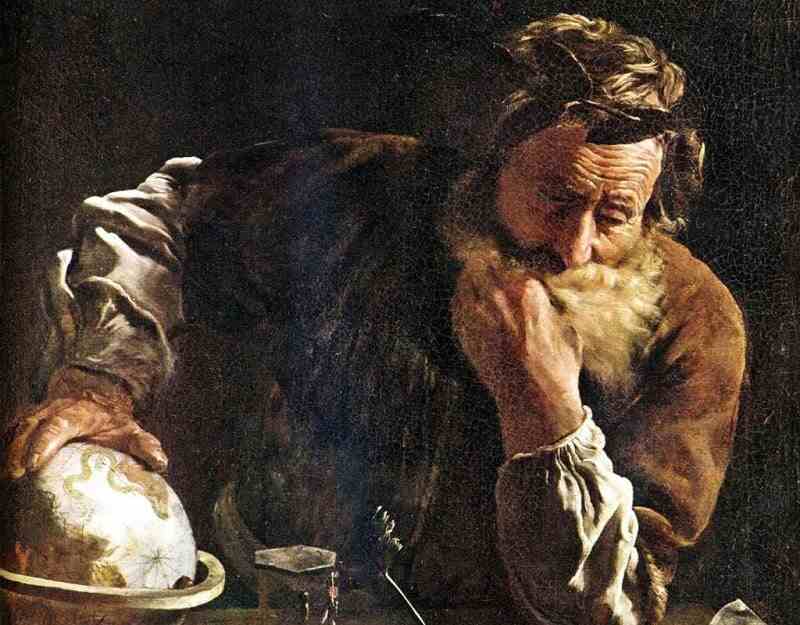
Archimedes the Mathematician: A Mind Ahead of Its Time?
Archimedes, a renowned mathematician and inventor, undoubtedly possessed a deep understanding of geometry. His contributions include the ingenious method of exhaustion, a precursor to calculus used to calculate areas and volumes with remarkable accuracy. However, there’s no definitive proof that Archimedes specifically explored the properties of parabolic mirrors for concentrating sunlight.
Here’s where the story takes a fascinating turn. Another Greek scientist, Diocles, is credited with writing a treatise on Burning Mirrors around the same time period. Did Diocles and Archimedes share this knowledge? Did one inspire the other? The answer remains a historical mystery.
But whether mirrors could have maintained a constantly changing curvature to keep the right burning focus on moving ships seems doubtful, Rossi noted. He added that ancient sailors could have easily put out any fires that started from a slow-burning mirror. By contrast, Greek fire emerged in many historical accounts as a deadly threat for ancient warships. The unknown chemical mixture reportedly burned underwater, and saw most use by the Byzantine Empire that dominated the Eastern Mediterranean starting in A.D. 330. Other records mention earlier versions of the burning mixture.
Burning Mirror Debate: A Lost Art?
Even if Archimedes understood the concept of Burning Mirrors, a crucial question remains. Did he possess the technology to construct a large and efficient enough mirror to set ships ablaze at a distance? Building such a device would require sophisticated metalworking techniques and precise calculations.
Furthermore, the knowledge of constructing such mirrors might have been lost after the fall of Syracuse. Imagine a complex recipe passed down through generations, with details fading over time. The possibility that the Burning Mirror concept existed but wasn’t effectively utilized during the siege adds another layer of intrigue to the story.
Key Takeaways
- Parabolic mirrors can concentrate sunlight to a hot focal point.
- No concrete evidence links Archimedes directly to the Burning Mirror concept.
- Diocles’ work on Burning Mirrors raises questions about shared knowledge.
- Technological limitations of the time might have hindered construction.
This journey through science and history highlights the blurry line between fact and legend. While Archimedes’ ingenuity is undeniable, the Burning Mirror story requires further investigation before it can be definitively confirmed. The next section will explore the scientific feasibility of using a Burning Mirror in a real-world scenario.
Would Archimedes’ Burning Mirror Have Worked? Separating Myth from Molten Wood
The Burning Mirror legend paints a picture of fiery destruction, but could such a device truly set ships ablaze from afar? Let’s leverage modern science to separate the captivating story from the harsh realities of physics.
Unveiling the Science of Burning: Minimum Heat for Maximum Impact
Imagine focusing all the sun’s warmth onto a single point. That’s essentially what a Burning Mirror does. But how much heat does it take to ignite something like wood? Here, science steps in. Research by the British Fire Research Station has established a concept called minimum radiant flux, which is the minimum amount of heat energy needed to ignite a specific material within a certain timeframe. In simpler terms, it’s the “heat threshold” for burning.
So, how much radiant flux is needed to ignite wood? The answer depends on several factors, including the wood’s moisture content. Dry wood ignites more readily than wet wood, requiring a lower radiant flux. The surface area of the wood also plays a role – a smaller, thinner piece will ignite faster than a large, thick one.
Key Takeaway
- Different wood types and conditions require varying levels of heat intensity to ignite.
Scaling Up the Challenge: Focusing on Feasibility
Now, let’s translate this science to the Burning Mirror scenario. To set a ship on fire from a distance, a Burning Mirror would need to achieve a specific radiant flux on the target wood – enough to overcome its “heat threshold” and initiate combustion. Here’s where the challenges begin.
- Mirror Size Matters: Creating a Burning Mirror large enough to achieve the necessary heat concentration at a significant distance becomes impractical. Imagine trying to hold a magnifying glass big enough to focus sunlight and ignite something across a football field – that’s the scale we’re talking about.
- Moving Targets, Fickle Focus: Ships aren’t stationary targets. Maintaining a constant, focused beam of sunlight on a moving ship would be incredibly difficult, requiring constant adjustments and potentially losing focus altogether.
- Solar Shortcomings: Wood itself has a reflective surface, especially when treated with materials like tar or pitch. This reflectivity can actually scatter some of the focused sunlight, further reducing the mirror’s effectiveness.
These factors combined make the Burning Mirror concept, while intriguing, highly improbable for widespread use in a real-world naval battle like the siege of Syracuse.
Key Takeaway
- The size, focus, and reflective nature of the target make a large-scale Burning Mirror weapon a logistical nightmare.
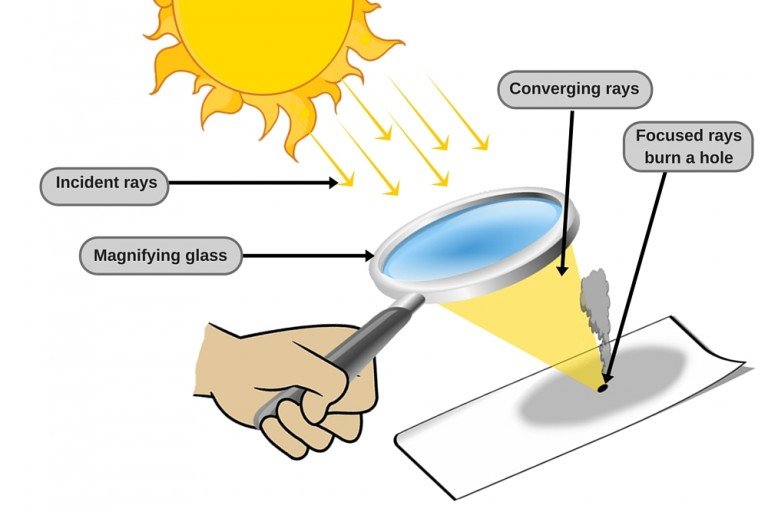
Frequently Asked Questions (FAQs)
1. What is Archimedes’ Burning Mirror?
The Burning Mirror, attributed to Archimedes, is a legendary device said to have concentrated sunlight to ignite enemy ships during the siege of Syracuse.
2. What is Archimedes’ Heat Ray?
Archimedes’ Heat Ray is another term for the Burning Mirror, which supposedly used focused sunlight to set Roman ships on fire. However, historical evidence for its existence is lacking.
3. Who invented the Burning Mirror?
While the Burning Mirror is attributed to Archimedes, historical and scientific investigations question its actual existence and effectiveness as a weapon.
4. What is a Parabolic Burning Mirror?
A Parabolic Burning Mirror is a curved mirror that focuses sunlight to a single point, potentially creating intense heat. This concept is central to the legend of Archimedes’ Burning Mirror.
5. What was the Burning Mirror Force?
The term “Burning Mirror Force” refers to the theoretical power and heat generated by focusing sunlight with a mirror, as described in the legend of Archimedes’ Burning Mirror.
Beyond the Burning Mirror: The Legacy of Archimedes
While the Burning Mirror story may not be a historical fact, it does highlight Archimedes’ brilliance as an inventor and engineer. His contributions to mathematics, mechanics, and physics continue to inspire scientists and engineers today. Perhaps the Burning Mirror serves as a testament to the power of human ingenuity, even if the specific application remains shrouded in mystery.
The final verdict? The burning mirror, while a captivating legend, is unlikely to have been the fiery weapon that deterred the Roman fleet. At Mystery Uncover, we delve into the most intriguing artifacts of ancient times, uncovering the secrets and stories behind them. One such fascinating artifact is the Antikythera Mechanism, an ancient Greek analog computer used to predict astronomical positions and eclipses for calendrical and astrological purposes. This remarkable device showcases the advanced engineering and scientific knowledge possessed by ancient civilizations, much like the legendary Burning Mirror attributed to Archimedes.
Intrigued by the mysteries of the past and the brilliance of historical figures like Archimedes? Dive deeper into the world of ancient inventions and engineering marvels by exploring our extensive collection of articles. Don’t miss out on unraveling the secrets of history – subscribe to our newsletter and join the journey of discovery!
Use of Our Content
⚠️ Content on “Mystery Uncover” is protected under US and International Copyright Laws.
You are free to reuse, republish, and share our content by giving credit to the source as Mystery Uncover with a link to the original material on mysteryuncover.com.


